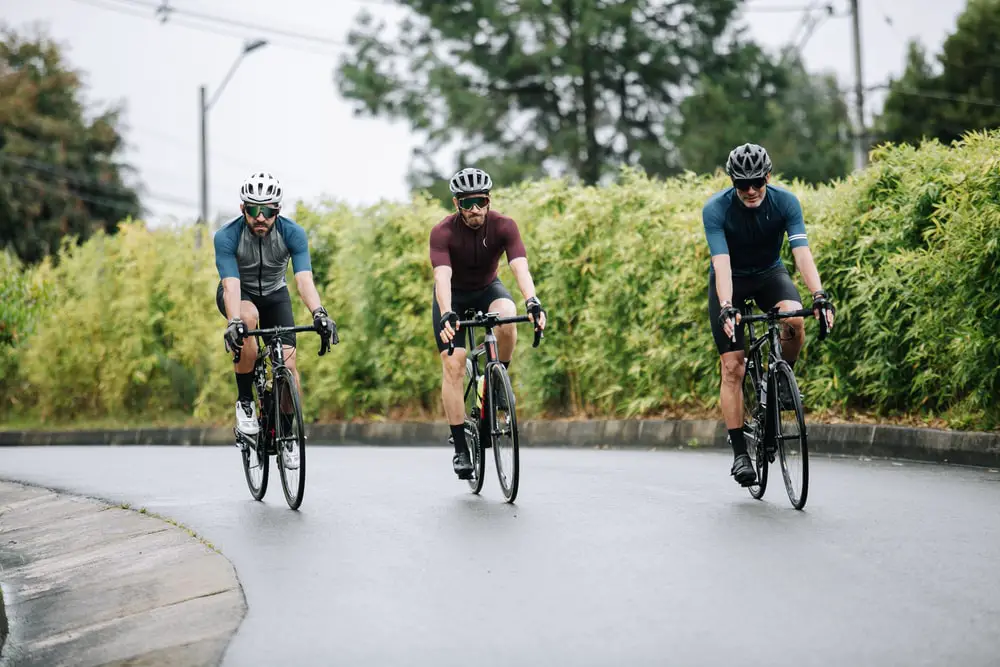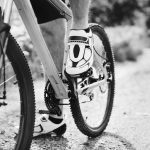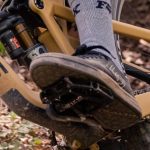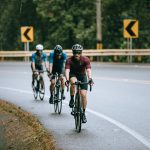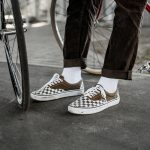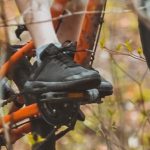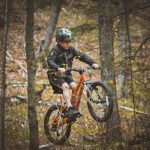When it comes to cycling, having the right footwear is essential for comfort, performance, and safety. The type of cycling you do and the kinds of pedals on your bike will determine what kind of shoes work best. This article will guide you through the key factors in choosing cycling shoes so you can find the perfect pair for your needs.
What To Consider Based On Type of Cycling
The type of cycling you participate in can significantly impact the features you’ll want in a cycling shoe.
Road Cycling
For road cycling, you’ll likely want a very stiff and lightweight shoe that efficiently transfers power to the pedals. The soles will usually be made from nylon or carbon fiber instead of rubber. Road shoes have holes in the soles to accommodate road cleats that bolt the shoes onto the pedals for maximum pedaling efficiency.
Since road cycling involves long distances, ventilation and comfort are also important. Shoes often have lots of mesh panels or ventilation holes. Consider getting shoes with lots of adjustability like straps, ratcheting buckles and Boa dials so you can customize the fit.
Mountain Biking
For mountain biking, shoes need to be a bit more rugged and durable to stand up to trail conditions while still having a stiff sole for pedaling efficiency. The outsoles will be stickier rubber for traction when having to walk or carry your bike over obstacles.
Mountain bike shoes usually use two-bolt SPD-style cleats instead of three-bolt road cleats. This makes it easier to clip in and out quickly and walk around in the shoes when necessary. They also shed mud better than road cleats.
Casual/Urban Cycling
For recreational riders or urban commuters, tennis shoe-style cycling shoes can provide more walkable comfort for short rides. Look for shoes with recessed SPD cleats so you can comfortably walk around all day. A flexible sole and more cushioning give added comfort but less power transfer when pedaling.
Consider getting mountain bike shoes with recessed cleats if you want casual shoes that work for both recreational trails and urban riding. This crossover option is popular for bike share programs.
Pay Attention To Fit
Fit is one of the most critical factors in choosing comfortable cycling shoes that won’t cause hot spots, numbness or injury when riding. It’s advisable to get professionally fitted at a bike shop to ensure proper width and length.
Ideally, shoes should fit snugly without areas of pressure. Feet tend to swell on long rides, so go for a tight fit knowing they’ll stretch and mold to your feet over time.
Tightening systems like buckles, straps and laces help customize and lock in the fit. Make sure to test shoes by walking and riding in them before committing to ensure they’re comfortable and sized right.
Consider Pedal Compatibility
Your pedals dictate what type of cleats and attachment system you need for your shoes. Most systems fall into two-bolt or three-bolt construction.
Entry level bikes often have basic flat pedals or regular platform pedals with a cage and strap. You can wear any athletic shoes with flat pedals and purpose-made mtb flat pedal shoes work amazing with these. But performance gains come from using stiff-soled shoes with cleated systems instead.
The most common road pedals use a three-bolt pattern to bolt specialized road shoes onto the pedals for maximum power transfer and efficiency.
For mountain biking, shoes usually have a two-bolt cleat system that offers the mud-shedding benefits necessary for trail riding and hiking sections.
While you can sometimes use two-bolt mountain shoes on three-bolt road pedals with adapters, compatibility and power transfer will be compromised.
For most beginners, a good pair of flat shoes are great to start out with. The difference between flat and clipless is partially performance and partially what you prefer.
Additional Cycling Shoe Considerations
Besides fit, pedal type and cycling discipline, also factor these elements into your shoe choice:
Ventilation
Proper airflow keeps feet cool and dry on long, hot rides. Mesh panels, perforations and breathable synthetic materials prevent sweaty feet. Some shoes even have drains holes to increase airflow.
Outsole Tread
On mountain bike shoes, rubber lugs and tread patterns provide traction for situations where you need to walk or carry the bike over rough terrain. Road shoes will just have a generic flat tread profile instead.
Insole/Footbed
Aftermarket insoles can increase support and comfort. Some shoes also have heat moldable footbeds to contour perfectly to your feet.
Achilles Padding
Padding around the ankle opening prevents rubbing and hot spots. This varies widely by shoe and foot shape.
Toe Box Space
Make sure shoes aren’t too narrow up front as your toes splay while pedaling. Adequate width and toe box height prevent painful pressure and numbness.
Arches & Instep
Custom orthotics can remedy issues from flat feet to high arches exacerbated by cycling. Some shoes include varus wedges to correct knee tracking issues.
Weight
The lighter the shoes, the less energy goes into turning the pedals. Important for competitive road cycling but less critical for mountain biking and casual riding.
With all these criteria in mind, you’re now equipped to find the best performing and most comfortable pair of cycling shoes. Getting properly fitted shoes with features catering to your specific cycling needs helps ensure all-day riding bliss. Put thought into your choice so your shoes enhance your pedaling instead of hinder it. With the right footwear, you can push your riding goals even further. Just remember, once you find them, take care of them so your perfect cycling shoes last as long as possible.
